The segmental wedge flow meter element has a V-shaped restriction cast or welded into a flanged meter body that creates a differential pressure.
Segmental Wedge Flow Meter
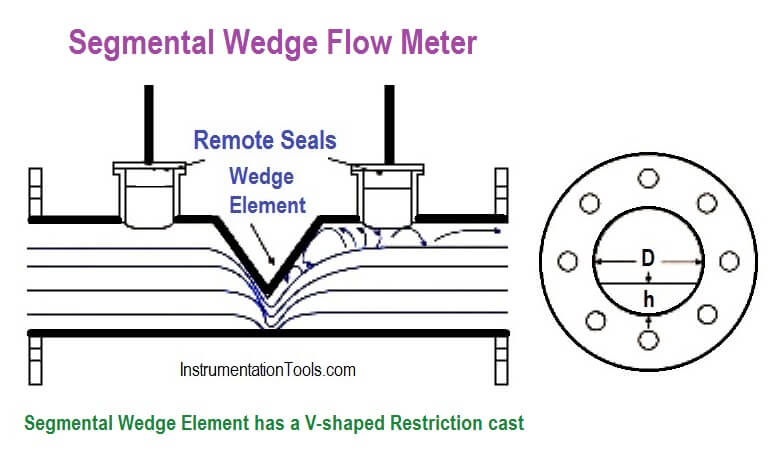
The functional principle of this measuring instrument is based on the Bernoulli principle (continuity and energy balance equations).
Using a wedge, a differential pressure is generated which can be equated with the mass or volume flow rate. The flow range is determined through the H/D ratio.
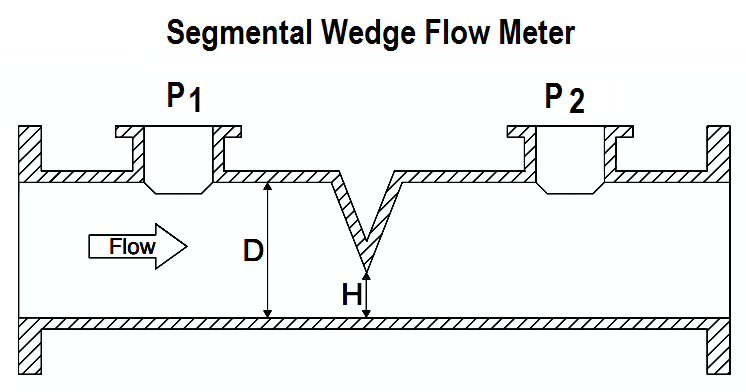
The restriction is characterized by the h/D ratio, corresponding to the β ratio of an orifice plate, where (h) is the height of the opening below the restriction (the only critical dimension) and (D) is the inside diameter of the pipe.
It can be used for a variety of corrosive, erosive, and highly viscous fluids and slurries. The discharge coefficient (Cd) is a stable for Reynolds numbers of less than 500 – allowing it to be used down to laminar flow regimes.
The upstream and downstream pressure taps are usually in the form of remote diaphragm seals eliminating the need for lead lines.
Wedge Flow Meter
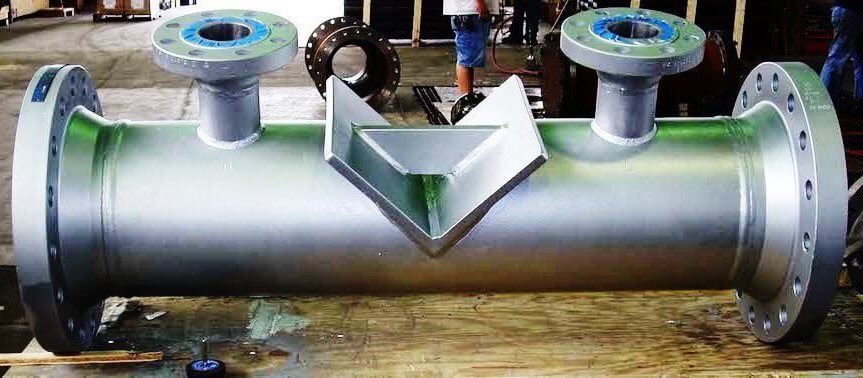
The differential pressure transmitter will be installed on the tapping points as shown in above figure.
The wedge creates a differential pressure as like orifice and this differential pressure is measured using the DP transmitter and measures the flow rate.

If you liked this article, then please subscribe to our YouTube Channel for Instrumentation, Electrical, PLC, and SCADA video tutorials.
You can also follow us on Facebook and Twitter to receive daily updates.
Read Next:
- Flow switch Principle
- Coriolis flowmeter Advantages
- Impeller Flow Sensor Principle
- Nutating Disc Flow Meters
- Interferometer Principle
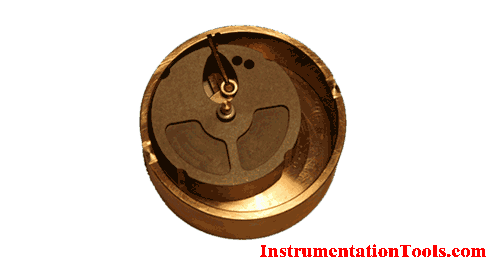
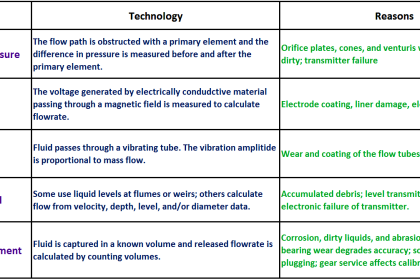

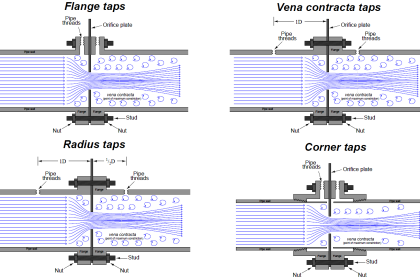
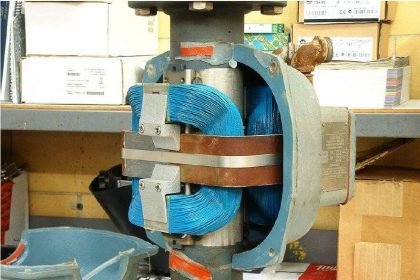

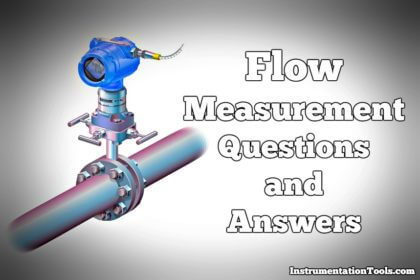
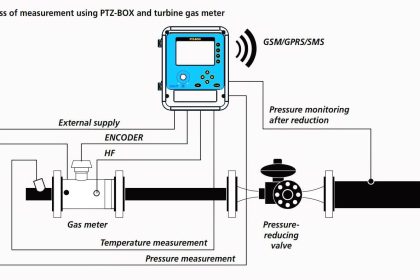


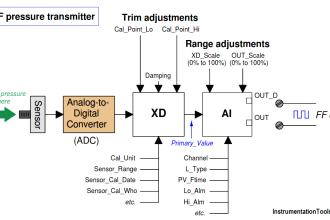
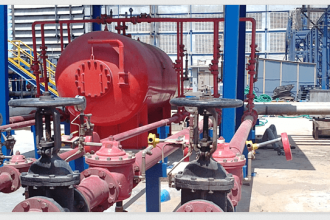
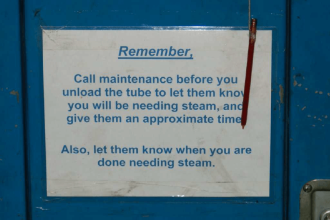
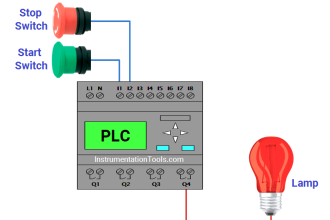
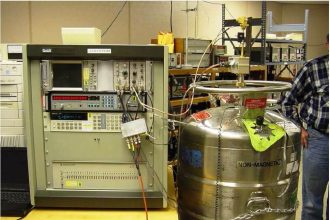
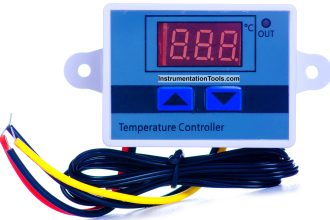

segmental wedge flow element
please provide full detail like
where is used what application what line means oxygen , nitrogen, co gas , water etc
It usually used for high viscous material.. like bitumen, vaccume residue etc… Where if u use orifice that may be choke…